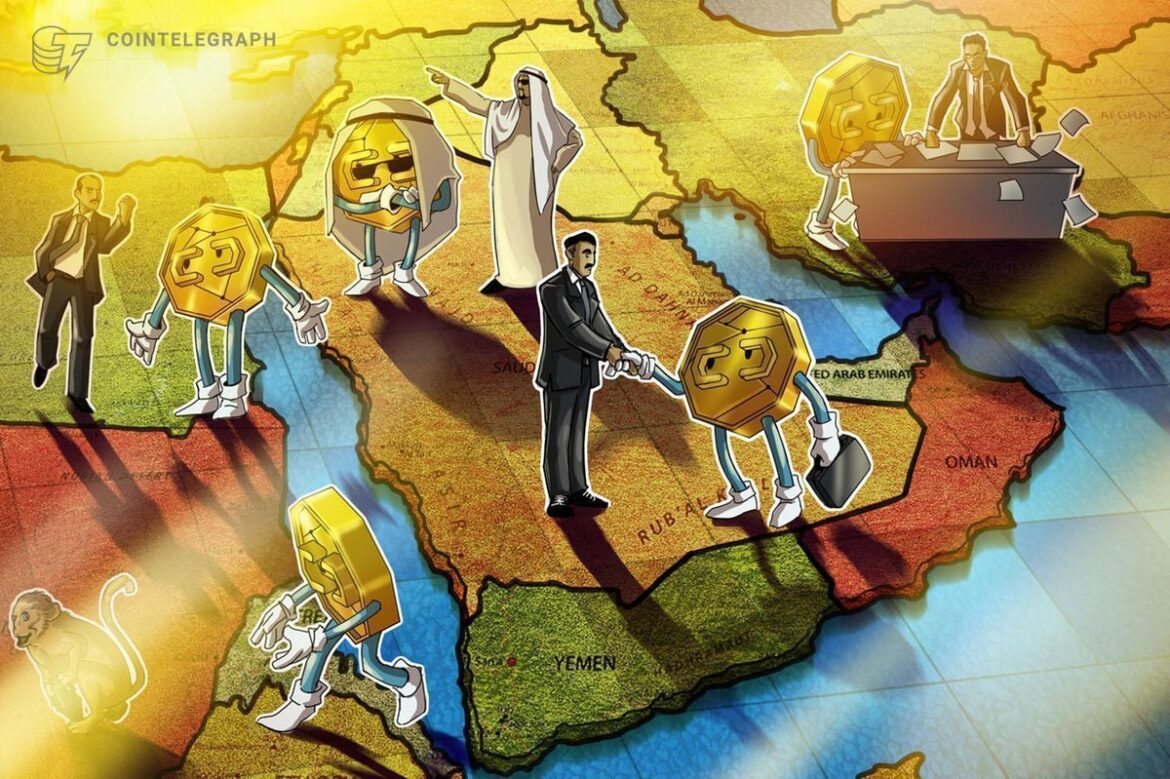M2 Capital Limited, the investment arm of UAE-based M2 Holdings, has invested $20 million in Ethena’s governance token, ENA. The move underscores a push to connect Middle Eastern investors with new digital asset infrastructure at a time when the region is seeking a larger role in global finance.
Ethena is best known for its crypto-native synthetic dollar, USDe, and its reward-bearing version, sUSDe. Both are backed by crypto collateral and maintained through hedging strategies designed to reduce volatility.
The protocol has attracted more than $14 billion in deposits since launching in 2024, reflecting appetite for stablecoin-like products that also generate yield.
M2 Global Wealth, an affiliate of M2 Holdings, will integrate Ethena into its wealth management offerings. The group says this adds a regulated way for clients to access returns from emerging digital assets. Kim Wong, M2’s head of treasury, said the deal sets a new standard for trust and security in the region’s market.
The investment follows M2’s participation in a funding initiative for the Sui blockchain ecosystem earlier this year. It also comes as the UAE continues to strengthen its regulatory framework to attract crypto firms and investors.
By aligning with Ethena, M2 aims to offer custody, yield, and liquidity services while accelerating adoption of new digital finance tools in the Middle East.




